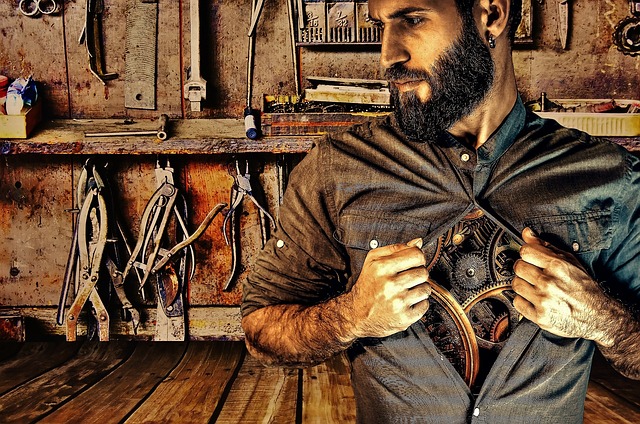Rust repair demands careful consideration, especially in humid or salty environments. Preventative measures include regular washing, waxing, and coating. For existing damage, use a rust repair kit (Select Rust Repair) temporarily; severe cases require professional intervention. Before permanent repairs, prepare surfaces by cleaning, priming, and sanding to ensure optimal adhesion and long-lasting protection against future corrosion.
Are you tired of rusty, unsightly damage on your metal surfaces? Discover effective permanent rust repair techniques with our comprehensive guide. We’ll break down the process step-by-step, from understanding the various types of rust and its causes to preparatory steps, surface preparation, application, and drying processes. Learn how to select the right rust repair method for lasting results.
- Understanding Rust: Causes and Types of Damage
- Preparatory Steps for Effective Rust Repair
- Surface Preparation and Priming Techniques
- Application and Drying Processes for Durable Fixation
Understanding Rust: Causes and Types of Damage
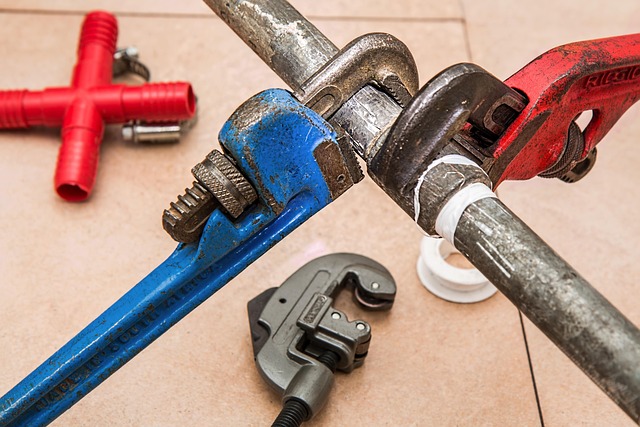
Rust is a common issue that can affect various materials, with metal being particularly susceptible. When left unchecked, it can lead to significant damage, especially in structures like car bodies. Understanding rust’s causes and types of damage is crucial when selecting the best rust repair technique.
There are several factors that contribute to rust formation, including moisture, iron, and oxygen interaction. This process, known as corrosion, results in a red or orange powdery substance on the surface of metal. Different types of rust include surface rust, which is thin and can often be sanded off, and penetrative rust, which has invaded deeper into the metal and requires more intensive repair methods. Long-term solutions to rust involve preventing its formation through best rust preventative methods, such as regular washing, waxing, and coating, especially in environments with high humidity or salt content. For existing damage, a car body rust repair kit can be an effective temporary fix, but for more severe cases, professional intervention is advised to ensure robust and long-lasting repairs.
Preparatory Steps for Effective Rust Repair
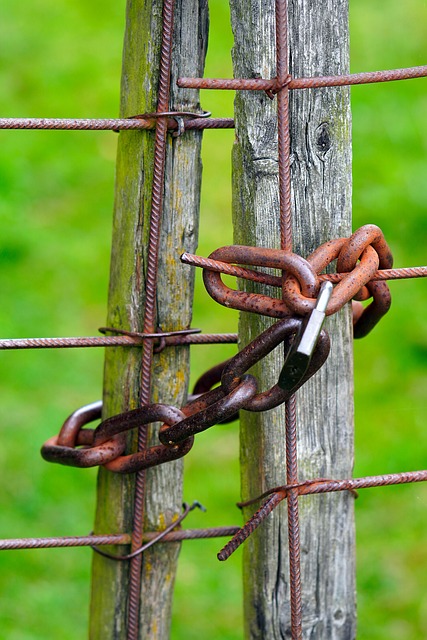
Before diving into any rust repair technique, it’s crucial to prepare the affected area properly for effective results. The first step involves thoroughly cleaning the rusty surface to remove any loose debris, dust, or grease that could impede the repair process. This can be done using a wire brush, sandpaper, or even a pressure washer, depending on the severity of the rust. Once cleaned, inspect the damage and identify any pitting or deep corrosion. If the rust is extensive, consider removing the affected parts entirely for easier access and to ensure a more comprehensive repair.
Next, choose the best rust repair method suitable for your needs. This could range from simple spot-welding or drilling out affected areas to more complex techniques like sandblasting or using specialized rust conversion chemicals. Ensure that you wear appropriate safety gear throughout the process, including gloves, eye protection, and a respirator. Additionally, if restoring old rusty objects, keep in mind the best rust preventative methods for preventing further damage during storage or future use.
Surface Preparation and Priming Techniques
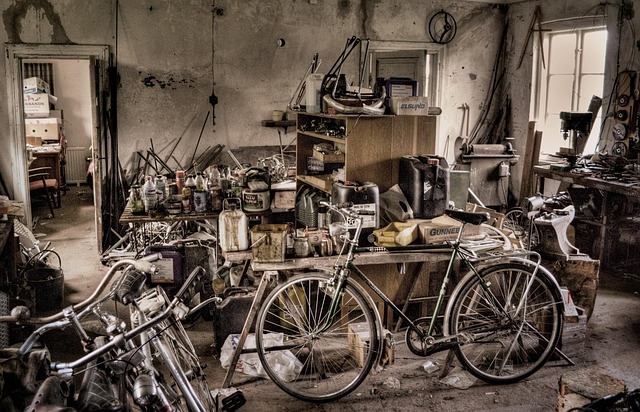
Before embarking on any permanent rust repair, proper surface preparation is paramount. This involves thoroughly cleaning the affected area to remove loose rust, corrosion, and contaminants. Start by using a wire brush or power washer to scrub away visible rust, ensuring that the metal surface is free from debris. Once the surface is clean, it’s crucial to prime it for optimal adhesion during the repair process. Primers act as a protective barrier, sealing the metal and preventing future rust formation.
Select a high-quality rust-preventative primer suitable for metal surfaces. Apply an even coat using a brush or sprayer, following the manufacturer’s instructions for drying time. This crucial step ensures that your permanent rust repair job is not only effective but also long-lasting. Remember, proper metal surface preparation before painting, like priming, is key to achieving a durable finish and preventing future corrosion, especially when dealing with rusty equipment maintenance tips or home rust removal tips.
Application and Drying Processes for Durable Fixation
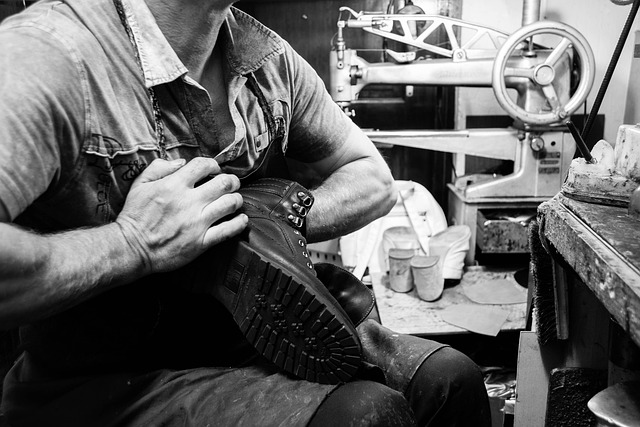
When choosing a permanent rust repair technique, it’s crucial to understand the application process. Many select rust repair kits offer step-by-step instructions tailored for DIY projects or professional use. The initial steps typically involve preparing the rusted surface by gently sanding to remove loose rust and debris, ensuring a clean canvas for adhesion. This is followed by applying a primer specifically designed to bond with metal, promoting lasting fixation.
Drying processes vary depending on the selected product but often require patience. Some products may take several hours or even a day to cure completely. During this time, it’s vital to maintain an environment free from moisture and direct sunlight, as these factors can hinder the repair’s durability. Once dry, multiple layers of high-quality paint or coating designed for outdoor use and rust resistance can be applied, ensuring long-lasting protection against future corrosion, especially when combined with home rust removal tips or professional rusty pipe repair guides.
When it comes to permanent rust repair, understanding the issue is the first step. By identifying the type of rust and the extent of damage, you can choose the most effective select rust repair technique. From preparatory steps to application processes, each stage plays a crucial role in achieving a durable fixation. With the right approach, you can restore metal surfaces, preventing future rust and ensuring a long-lasting solution.
